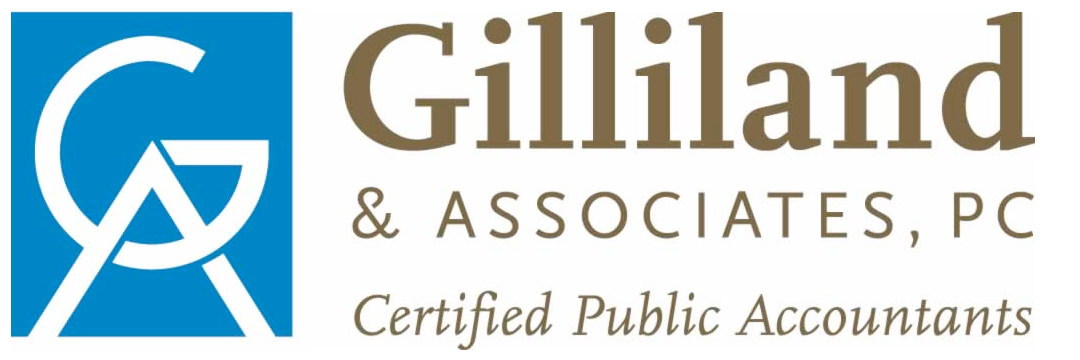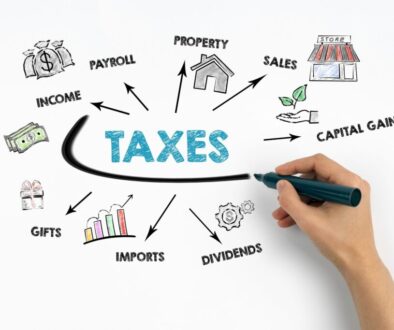Is Being Effective Better Than Being Marginal?

The tax code is filled with terms we rarely use in everyday conversation. Two of the more common are Marginal Tax Rates and Effective Tax Rates. Knowing what they mean can help you think differently about your potential tax obligation.
Definitions
Marginal Tax Rate: This is the tax rate applied to the “next” dollar you earn. Since our income tax rates are progressive, the next dollar you earn could be taxed at as little as zero or as high as 39.6%!
Effective Tax Rate: This is the tax rate you actually pay. This is simply taxes you pay divided by your total taxable income. Said another way, after taking your income and then applying taxes, deductions, credits, exemptions, and other adjustments you are left with your true tax obligation. This obligation is a percent of your income.
A Simple Example
Consider two people; Joe Cool who earns $50,000 and Chuck Browne who earns $500,000. If we had a flat tax of 10%, Mr. Cool would pay $5,000 in tax and Mr. Browne would pay $50,000 in tax. Both of their Effective Tax Rates would be 10% AND their Marginal Tax Rates would also be 10% because each additional dollar they earn would be taxed at the same 10%. However it is a different picture when you apply our progressive tax rates:
If we use the 2017 U.S. tax table for a single filer, Joe Cool pays $8,239 and Chuck Browne pays $153,819 in federal tax. This is because tax rates applied to Joe Cool’s income are (10 – 25%) while Chuck’s income over $50,000 gets Marginal Tax Rates of (25 – 39.6%). Ignoring other tax factors, our two taxpayers’ tax rates are:
| Joe Cool | Chuck Browne | Diff +/- | Comment | |
| Effective Tax Rate | 16.5% | 30.8% | +14.3 | Chuck pays 30.2% of his income in tax; Joe 13.2% |
| Marginal Tax Rate | 25% | 39.6% | +14.1 | The next dollar each earns will be taxed at this rate. |
Why Care?
- Calculating Returns. The true return you receive on any taxable investment will be determined by your Marginal Tax Rate. A $500 profit from a new investment could cost Joe Cool 25% in federal tax, but it could cost Chuck Browne 39.6% in federal tax.
- Phase-outs can provide a dramatic impact on Effective Tax Rates. The simple examples above do not account for income limits applied to many tax benefits. Additional income could have a very dramatic impact on Joe Cool if it triggers losing things like an Earned Income Credit, or Child Tax Credit. This could increase your Effective Tax Rate while not touching your Marginal Tax Rate.
- Extra work can help the taxman more than you. There have been cases where adding a second job can actually cost you money by not understanding the impact of the income on your Effective Tax Rate. This is especially true for retired workers receiving Social Security Retirement Benefits. That extra job may make your Social Security benefits taxable.
- It’s not that simple. In addition to all the different income phase-outs for credits and deductions, your Effective Tax Rate could be impacted by the elimination of itemized deductions, reduction of exemptions, the Alternative Minimum Tax, and the marriage penalty.
It is a good idea is to understand your Effective Tax Rate and your Marginal Tax Rate. Look at last year’s tax return and calculate your Effective Tax Rate. Then look at your income and determine what your Marginal Tax Rate is if you earn additional income. If you anticipate an increase in earnings, consider forecasting the impact on your Effective Tax Rate.
Gilliland & Associates, PC is a full-service CPA firm specializing in tax planning for individuals and businesses in the Northern Virginia area. We are based in Falls Church, VA and also service clients in McLean and Tysons Corner, VA. Gilliland & Associates is known for our superior knowledge and aggressive interpretation and application of tax laws. We help you keep more of your earnings by finding you the lowest possible tax on your business or personal tax return. You can connect with us on Google+, LinkedIn, Facebook, and Twitter.



